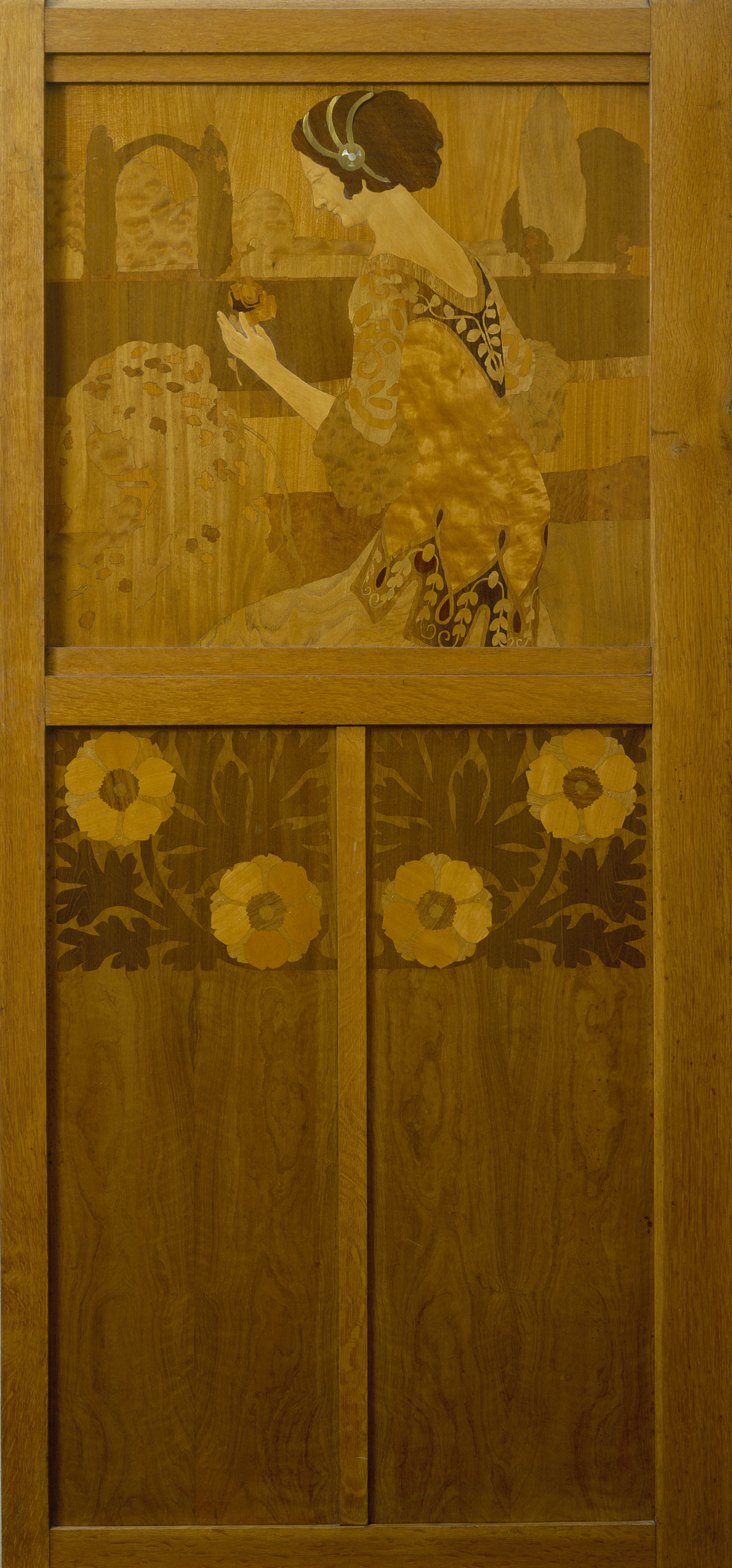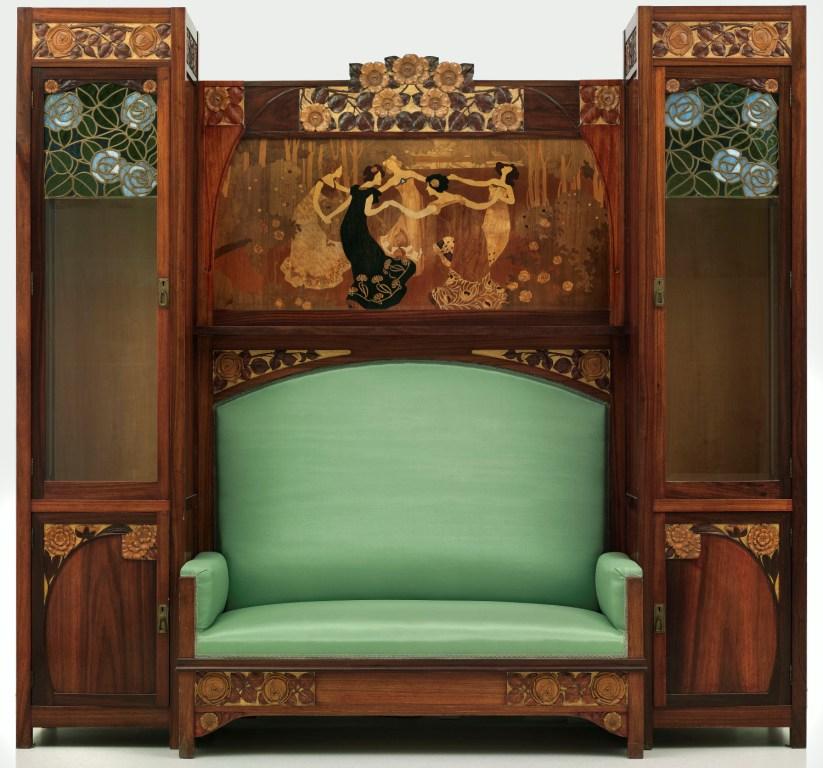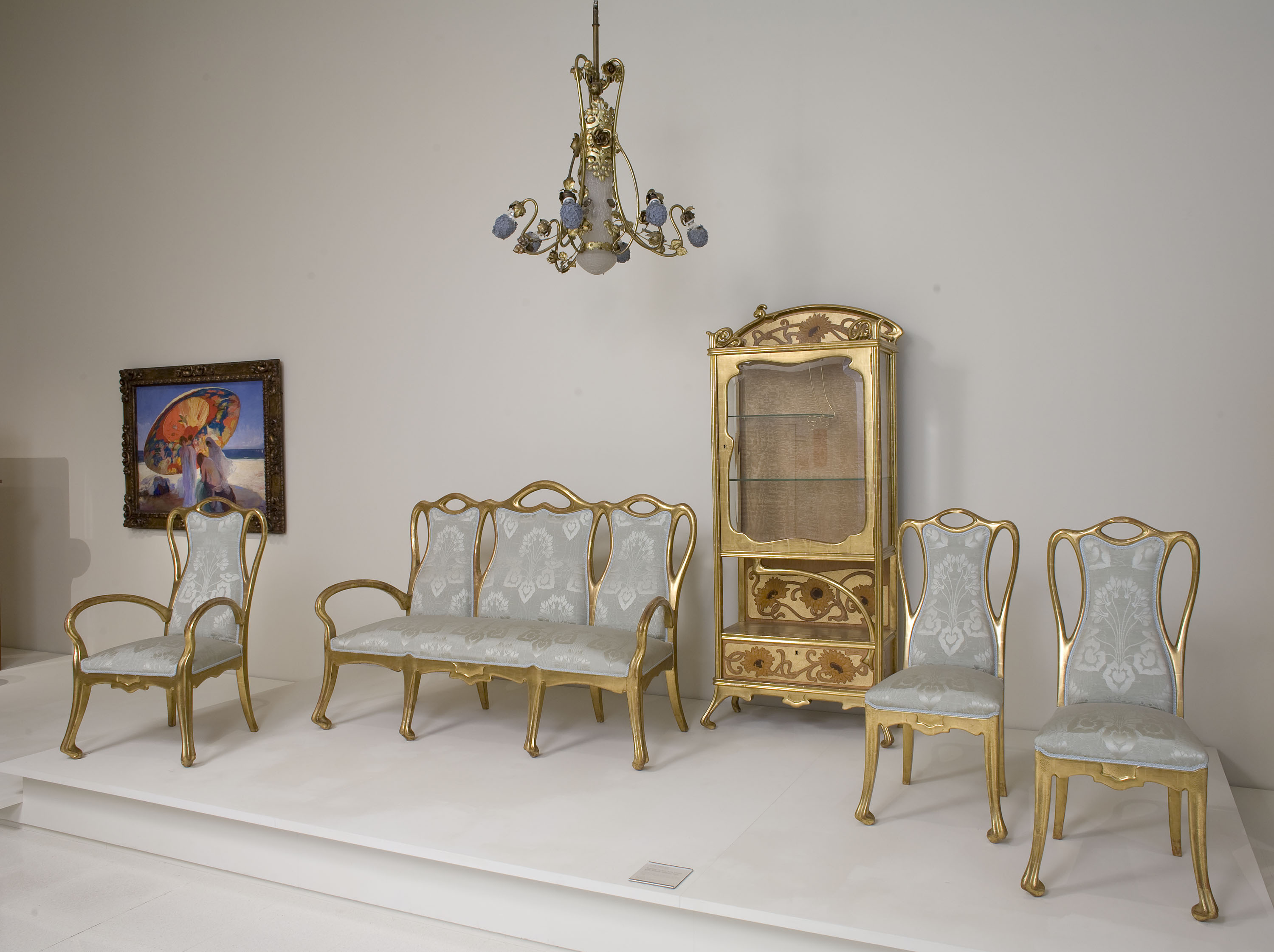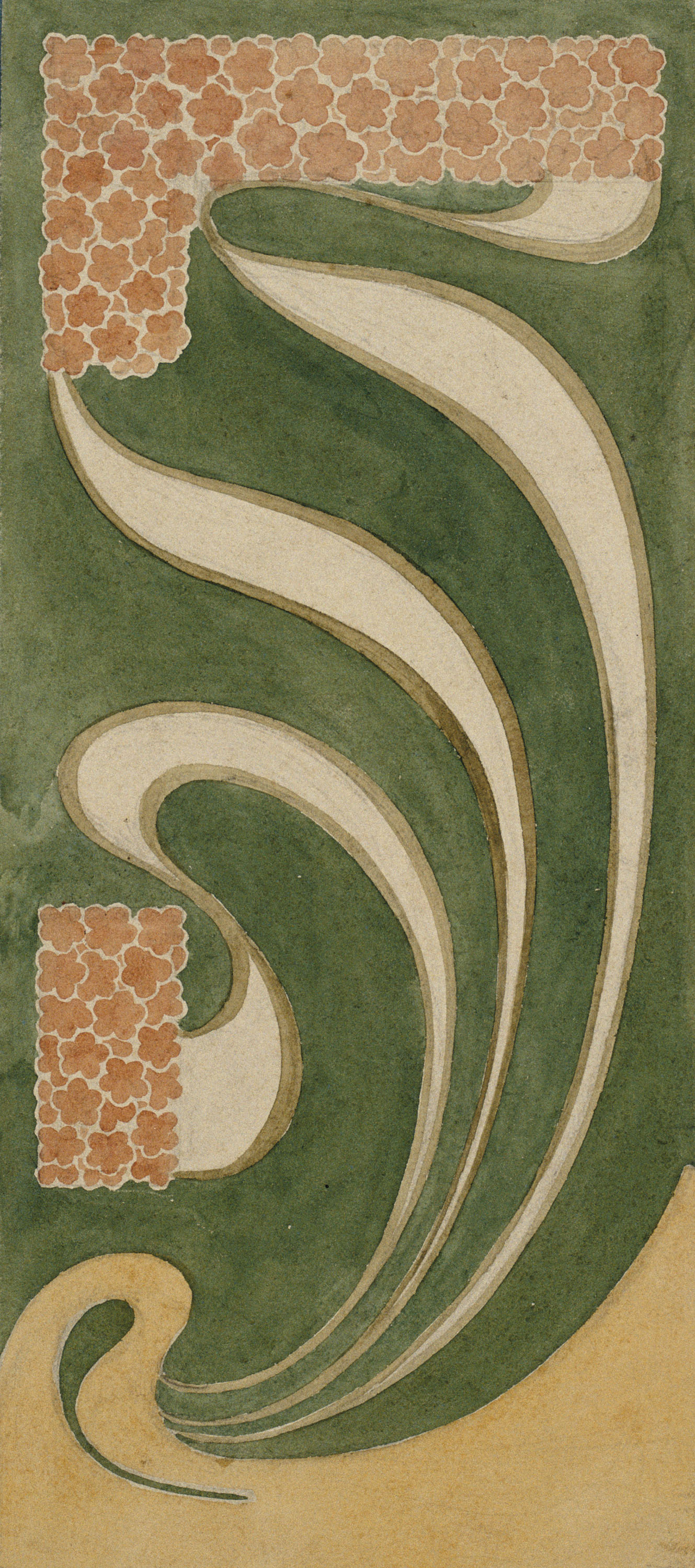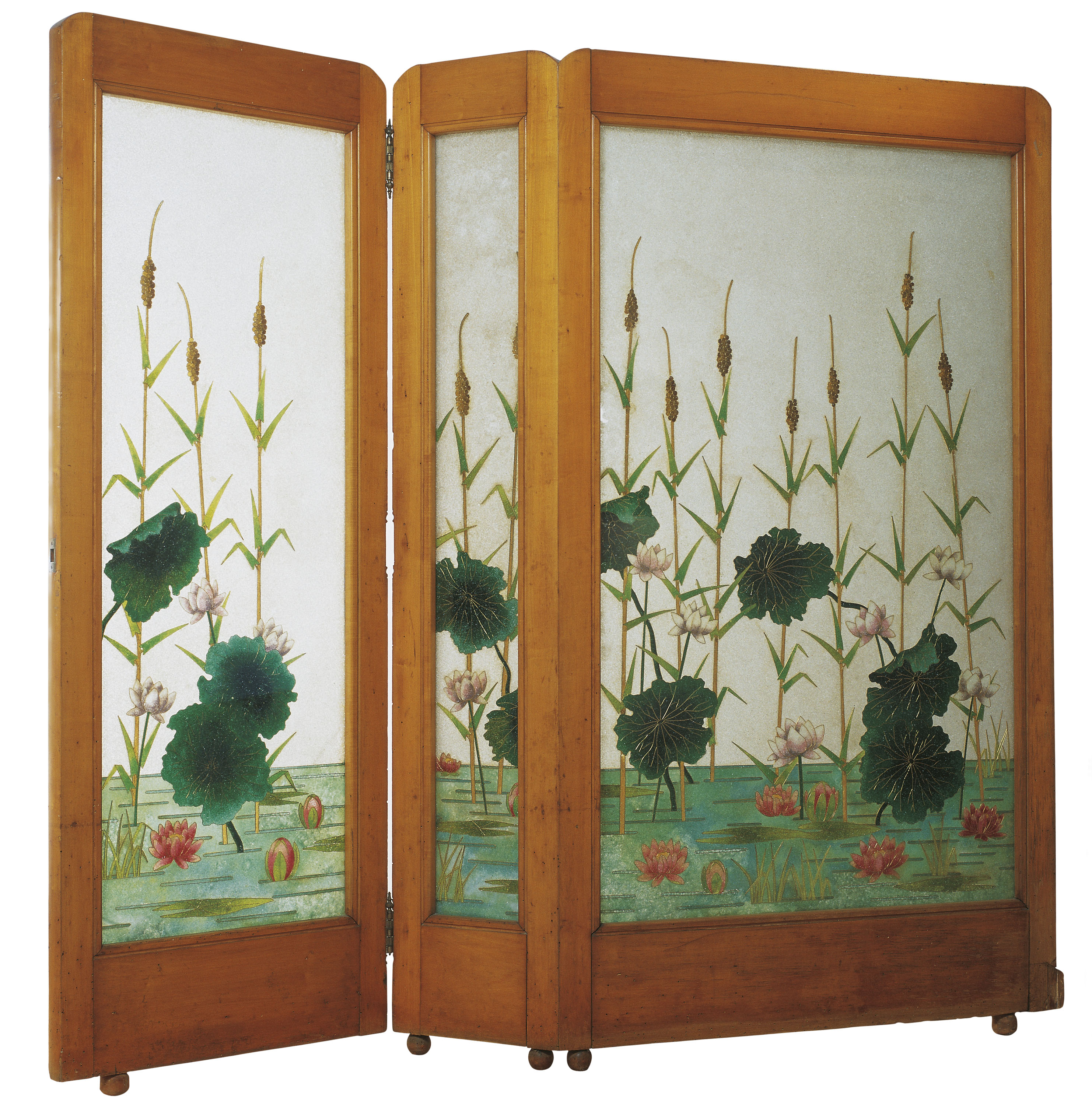During the second half of the 19th century, as a reaction to industrialised, mass-produced ornamental production, the traditional trades saw a revival all over Europe. Artists and architects designed everything from glass cases to paving, and craftsmen of all sorts –cabinet-makers, upholsterers, goldsmiths, ironsmiths, potters, glaziers, etc.– found a common home in an architecture that dreamed of conducting a new harmony in the arts and crafts as much as it yearned for the synthesis of art and life. Faced with a city riven by violence and the class struggle –remember Barcelona had a flourishing working-class movement in those days and was known around the world as the Rose of Fire–, the home became the ideal refuge for that bourgeois utopia.
II. Modernism(s)
- II.17. The ‘Modernista’ home
II.14. 'Modernistes' in Paris [1]
II.15. 'Modernistes' in Barcelona [2]
II.16. The painter of modern life [3]
II.17. The ‘Modernista’ home
II.18. Antoni Gaudí and Josep Maria Jujol [4]
II.19. Conservative ‘Modernismes’ [5]
II.20. Symbolisms 1 [6]
II.21. Bohemia, miserabilism and black painting [7]
II.22. Symbolisms 2 [8]
